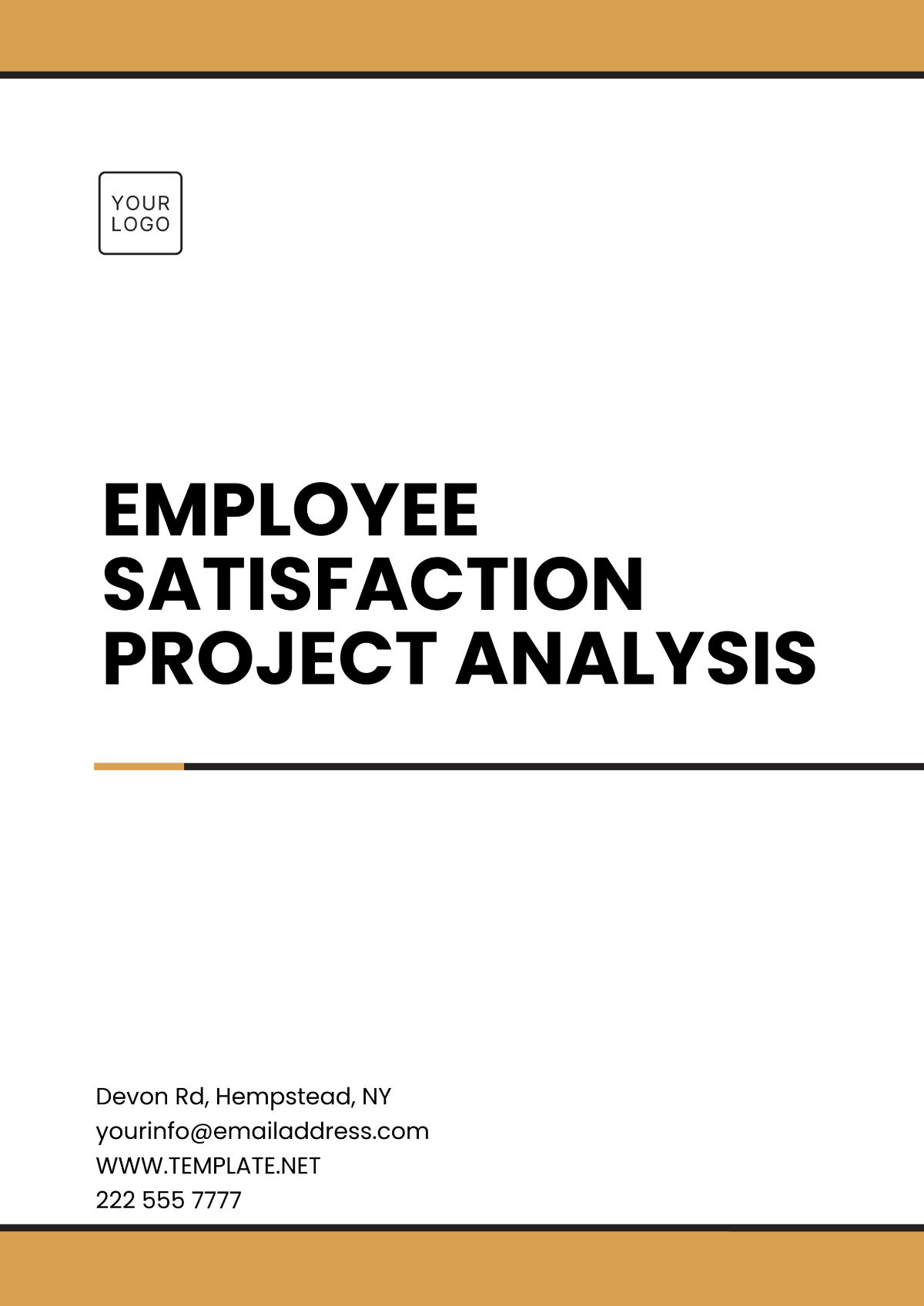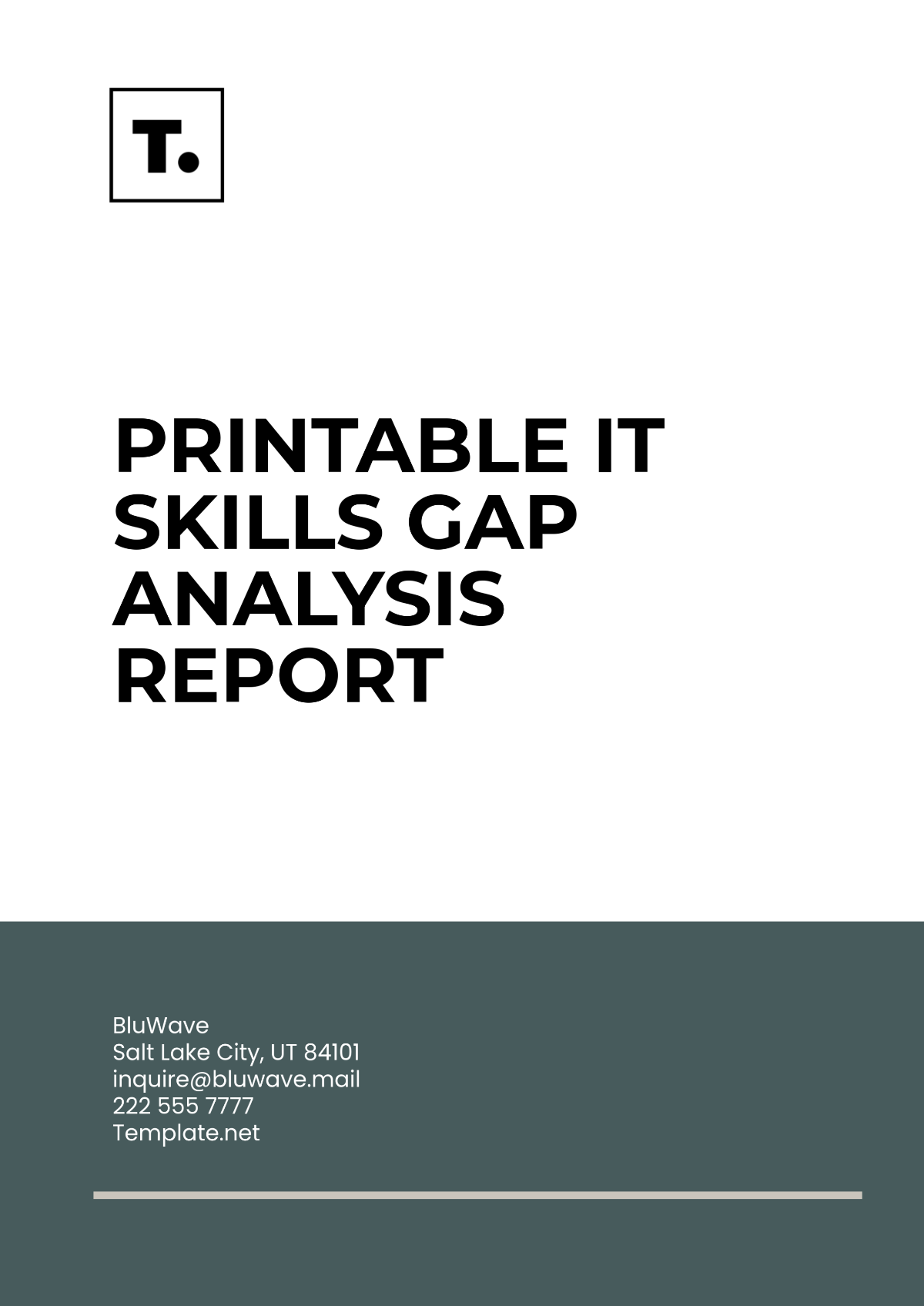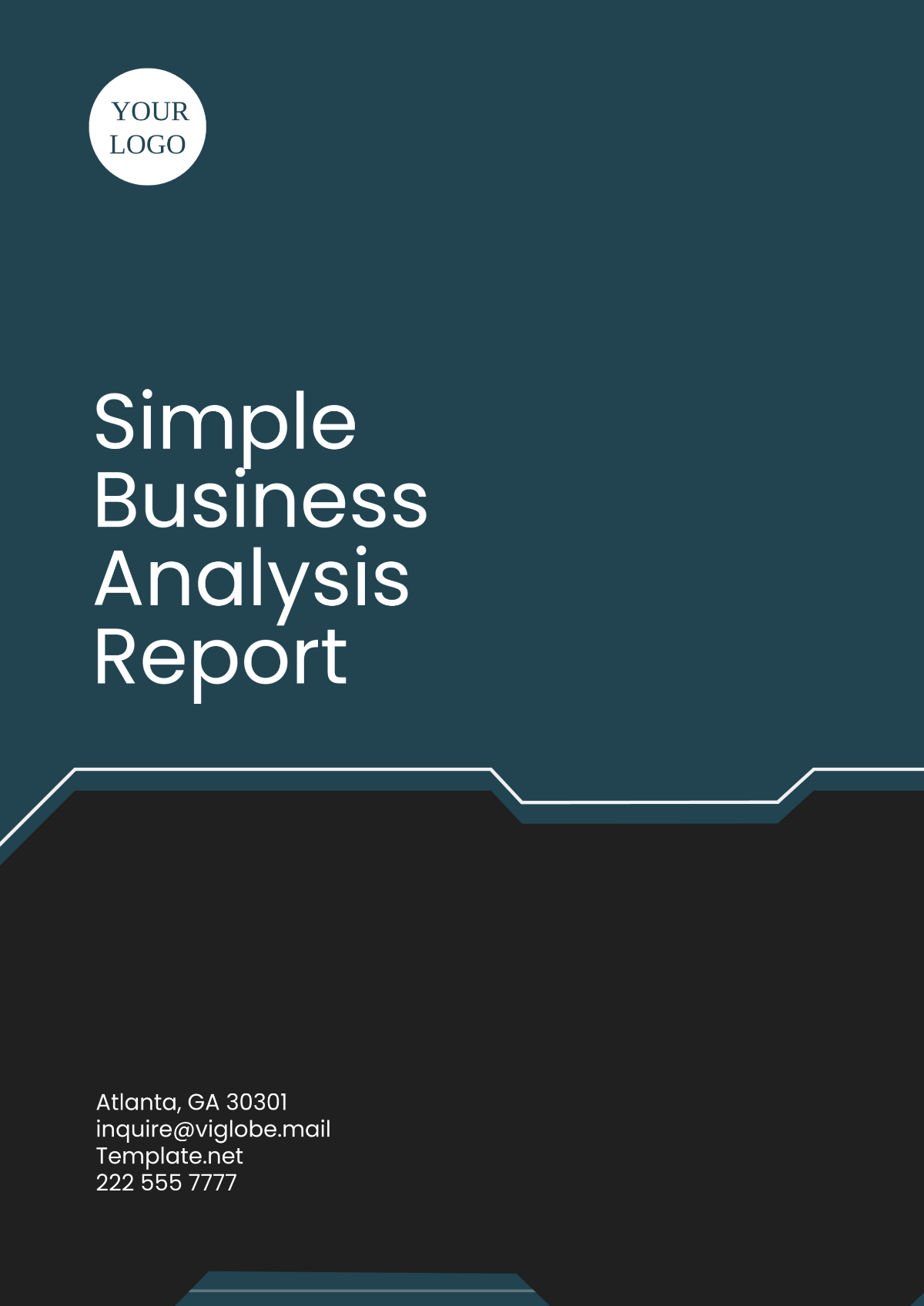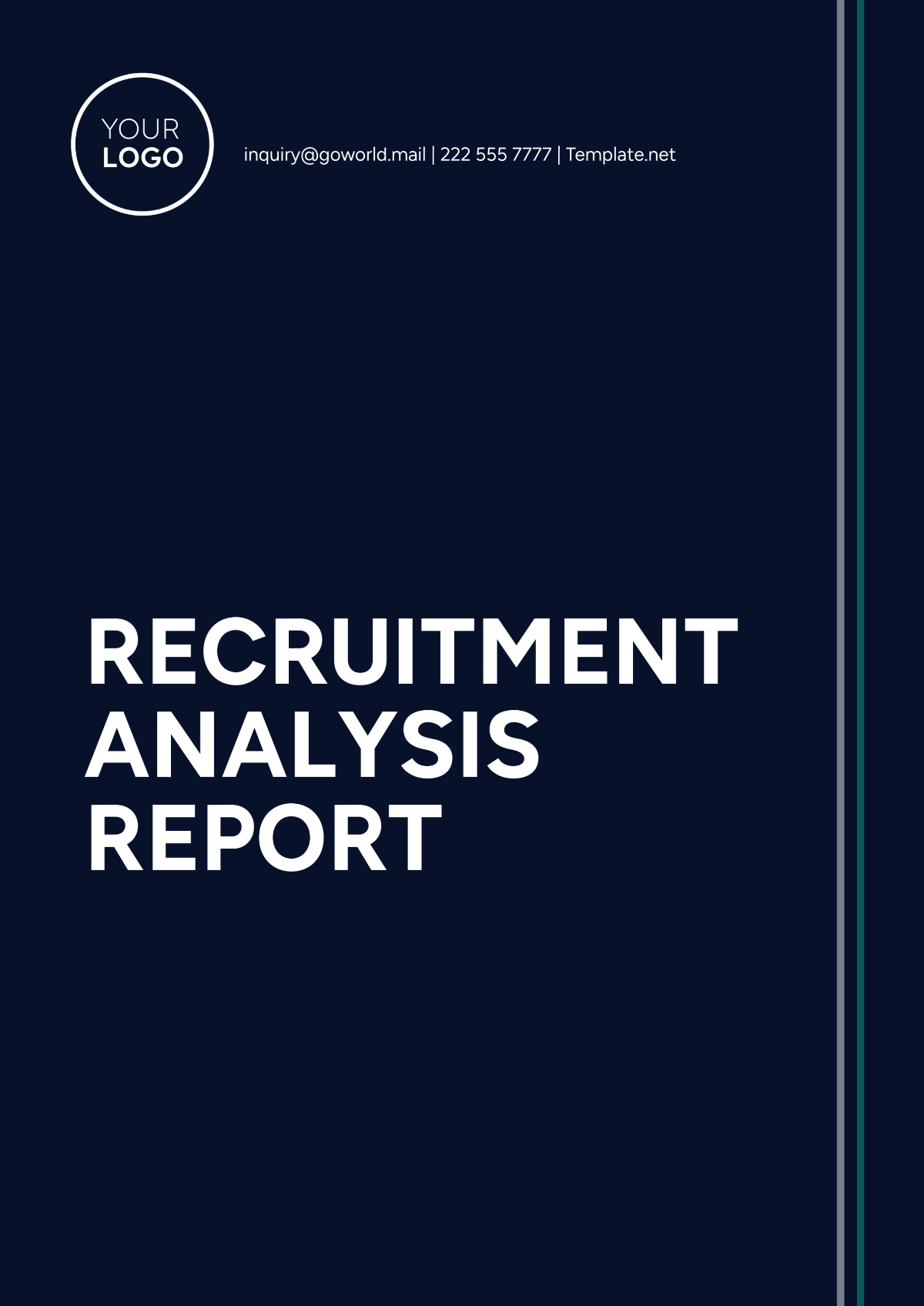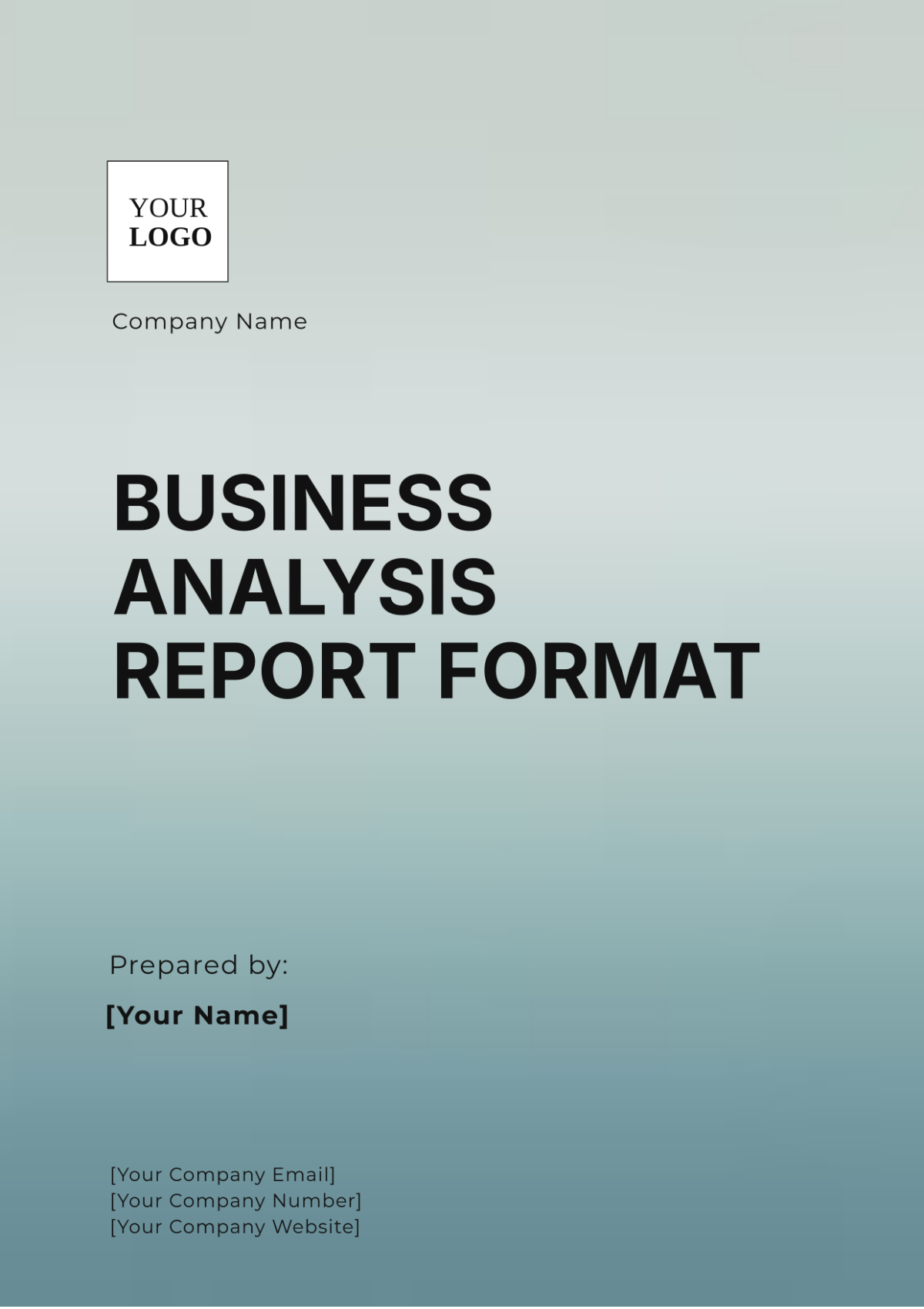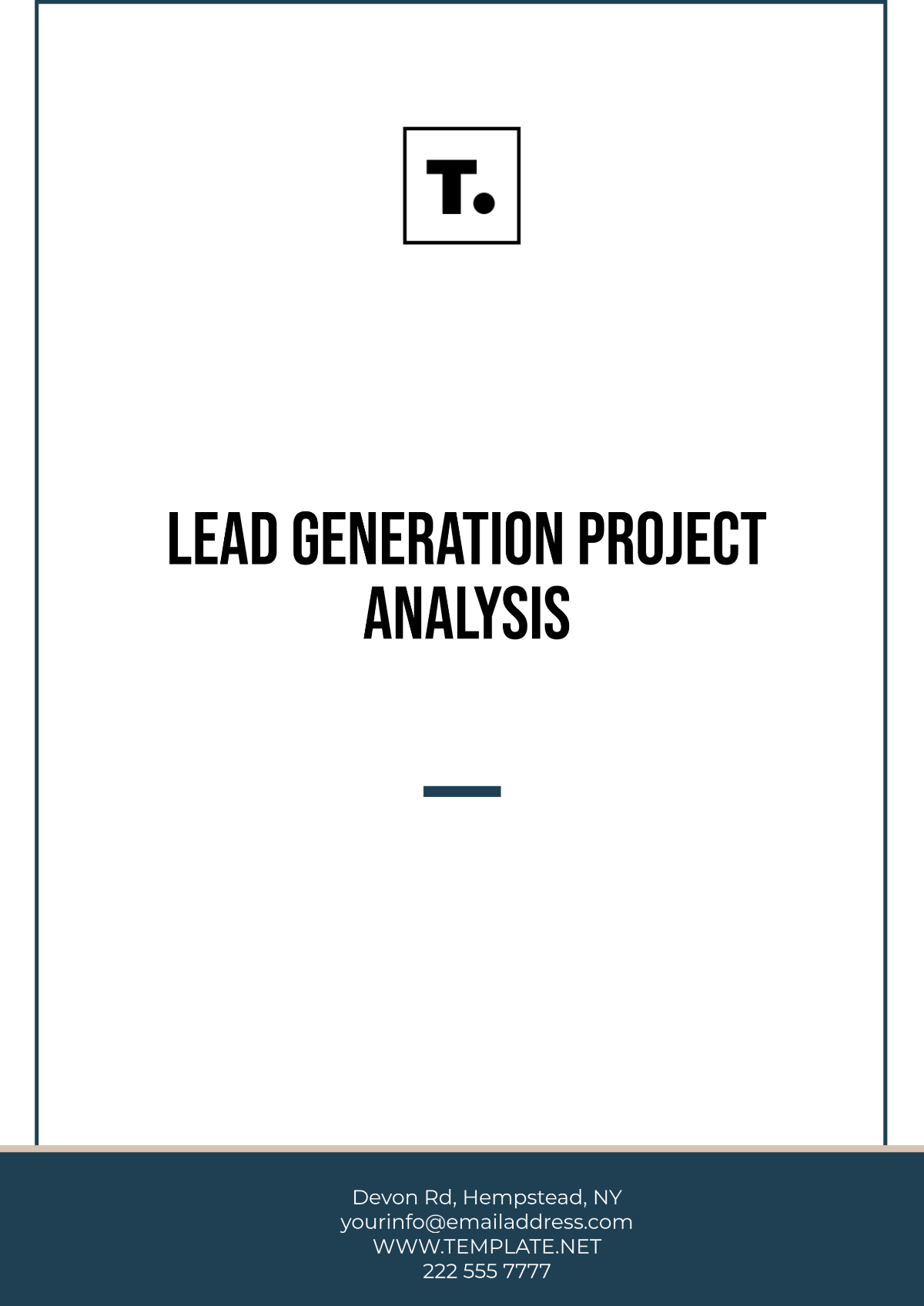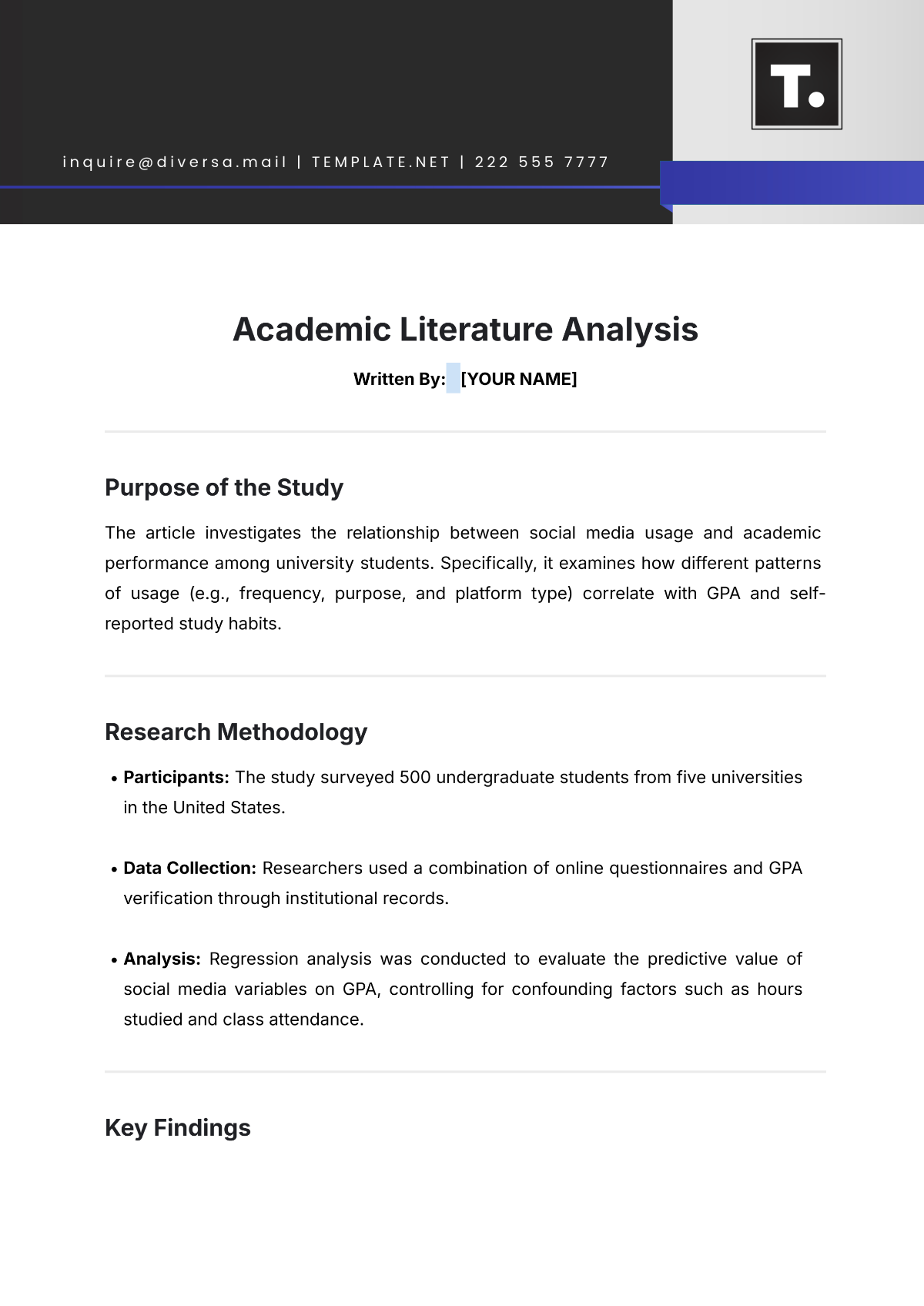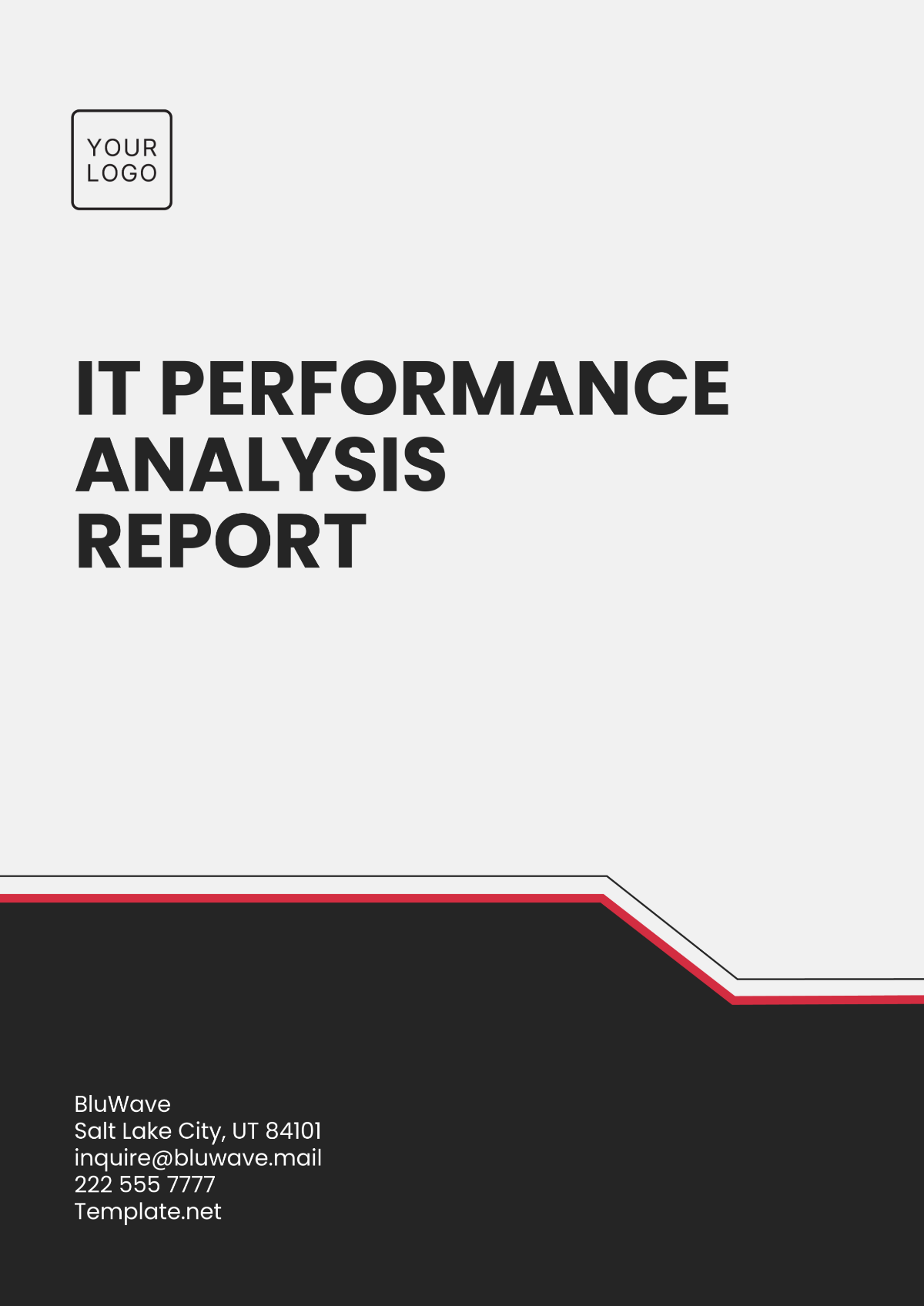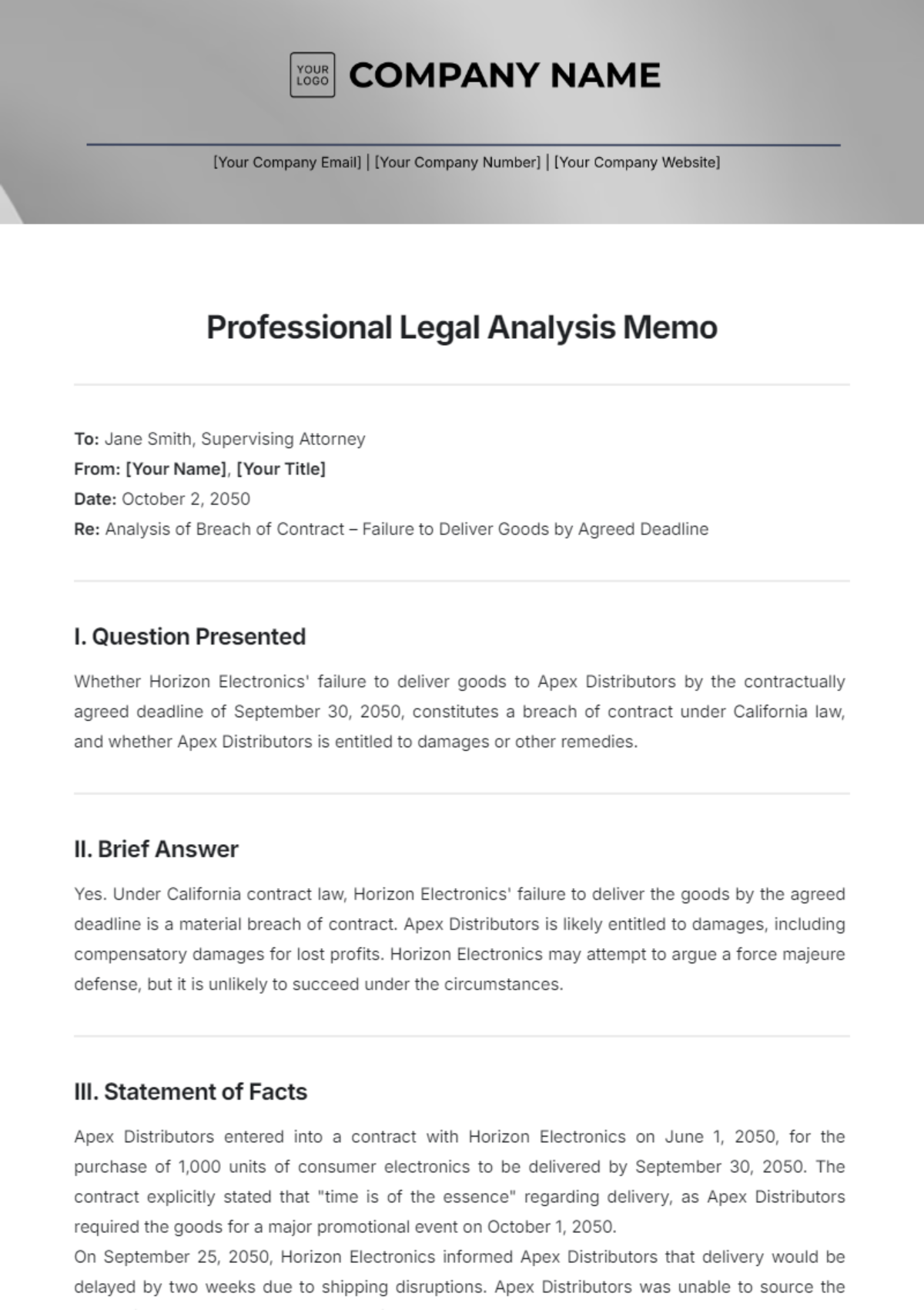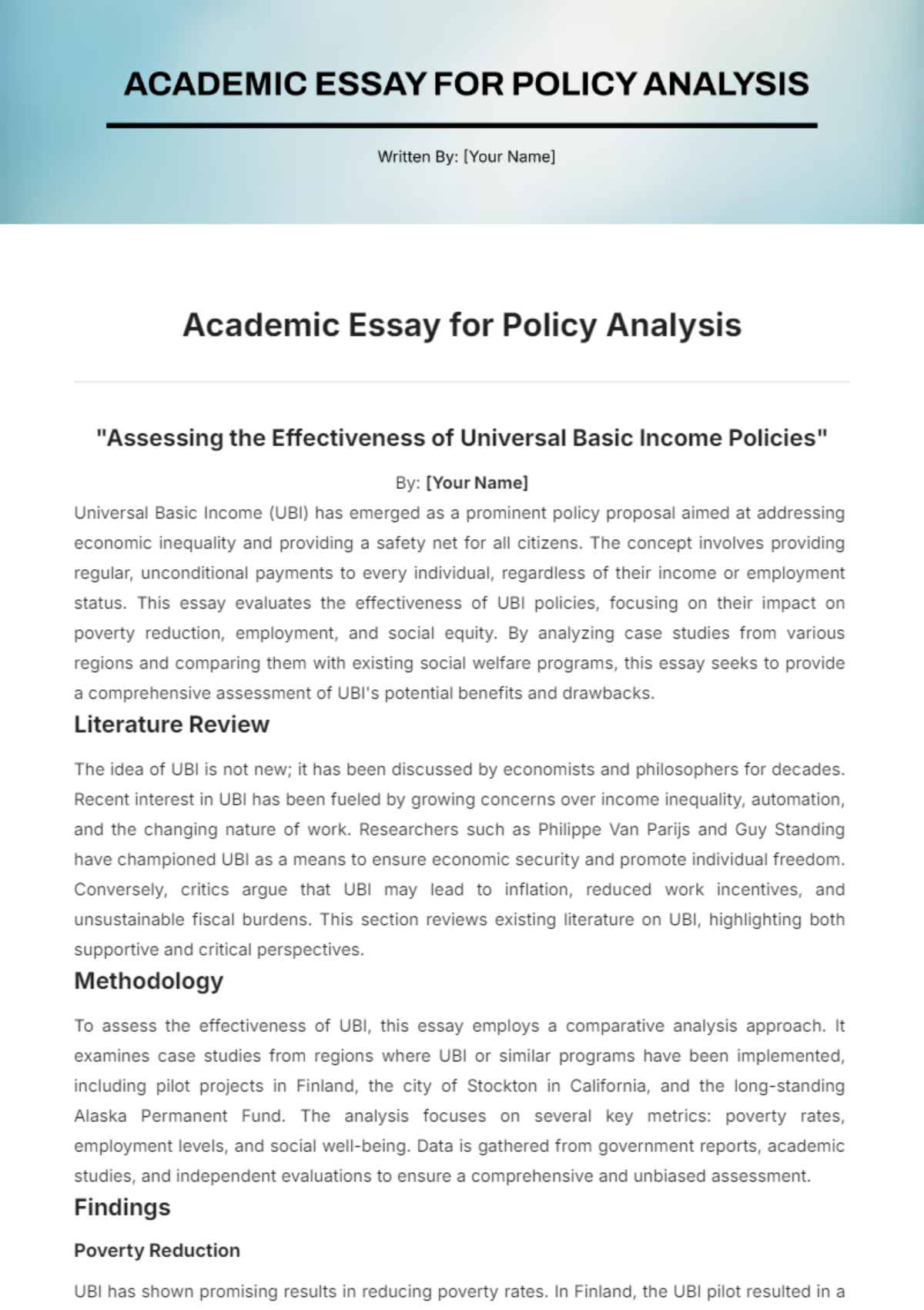Sociolinguistic Discourse Analysis
Prepared by: [YOUR NAME]
Date: [DATE]
I. Introduction
Sociolinguistic Discourse Analysis is a research method focused on understanding how language use varies across different social contexts and groups. Key elements of this method include examining the relationship between language, social identity, power dynamics, and cultural norms. Through this analysis, researchers can gain insights into how language both reflects and influences social interactions and structures.
II. Key Concepts
A. Language and Social Identity
Language is a critical component of social identity. It can signal membership in particular social groups, such as those based on ethnicity, nationality, or profession. Variations in language use often reflect group-specific linguistic patterns or sociolects.
Examples of linguistic markers include:
Accents
Dialectal variations
Slang and jargon
Code-switching
B. Language and Power Dynamics
Language is also intrinsic to the dynamics of power within social interactions. It can reinforce, challenge, or subvert power relationships. Discourse analysis highlights how those in positions of power manipulate language to assert dominance or control.
Power dynamics are evident in various contexts, including:
Political speeches
Legal proceedings
Media representations
Workplace communication
C. Language and Cultural Norms
Cultural norms and values are encoded in language. The way people use language often reflects their underlying cultural beliefs and practices. Sociolinguistic analysis can uncover how cultural narratives and ideologies are perpetuated through everyday communication.
Cultural influences on language use can be seen in:
Proverbs and idiomatic expressions
Politeness strategies
Gendered language
Ritualistic speech forms
III. Methodology
A. Data Collection
Data for sociolinguistic discourse analysis can be collected from a variety of sources, including:
Recorded conversations
Transcripts of speeches or interviews
Social media interactions
Written texts such as books, articles, and advertisements
B. Data Analysis
The Analysis involves several steps:
Transcription: Converting oral data into written form while maintaining the nuances of speech.
Segmentation: Breaking down text into units of analysis, such as clauses or sentences.
Coding: Assigning categories or themes to segments of text to identify patterns.
Interpretation: Analyzing patterns to conclude the relationship between language and social variables.
IV. Case Studies
A. Political Discourse
In examining political discourse, sociolinguistic analysis often focuses on how language is used to construct ideologies and persuade audiences. Key aspects may include the use of rhetoric, metaphor, and framing.
Aspect | Example |
|---|---|
Rhetoric | Appeals to emotion, logic, or character in political speeches |
Metaphor | Describing the nation as a "family" or a "ship" |
Framing | Presenting issues in a particular way to shape perception |
B. Workplace Communication
Workplace communication provides another rich area for sociolinguistic analysis. This context often reveals how language contributes to organizational culture and power structures.
Aspect | Example |
|---|---|
Hierarchy | Use of formal titles and honorifics |
Team Dynamics | Collaborative language versus directive language |
Conflict Resolution | Language used in mediation and negotiation |
V. Implications
Sociolinguistic discourse analysis offers valuable insights for a range of fields, including sociology, anthropology, communication studies, and education. By exploring how language functions in various social contexts, researchers can inform policy, enhance cross-cultural communication, and contribute to social justice initiatives.
VI. Conclusion
In conclusion, sociolinguistic discourse analysis is a powerful tool for examining the intricate ways in which language interacts with social identity, power dynamics, and cultural norms. By employing this method, we can better understand the profound impact of language on social structures and interactions.















